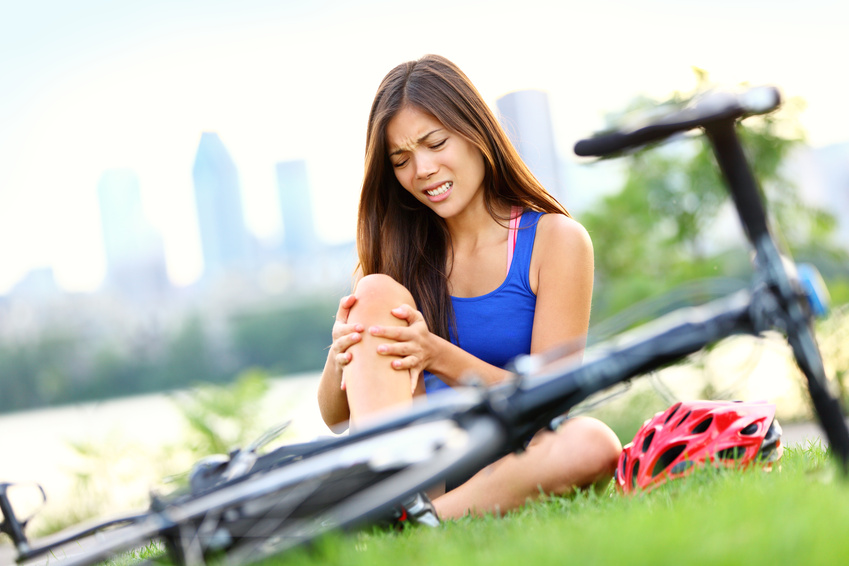Running season is upon us. For some, that means trying an event like the Sydney Bridge Run for the first time. For others, it can mean upping their training ahead of The City 2 Surf. But as Sydney Osteopath Eddie Clark explains, if you go too hard you could find yourself suffering the dreaded shin splints.
One of the most frustrating problems we see in sports people and runners is shin splints. This is a common pain that comes on during and after activity involving repeated running of some sort. Pain is felt on the sides, the front or sometimes back of the shins. The clinical name for shin splints is medial tibial stress syndrome. Afterwards, patients often experience marked tenderness alongside the inside border of the shin bone.
What are Shin Splints?
Whilst there is a debate about where exactly the pain is coming from, there is a consensus that the problem is due to a stress reaction in the bone and/or the fine connective tissue sheaths and muscle around the bones of the shin, known as the periosteum. The repetitive stress from running overwhelms the body’s compensatory mechanisms over repeated activity. This triggers an inflammatory change in the tissues and a stress response in the bone if it gets bad enough.
Why do Shin Splints happen?
Shin Splints are essentially an “overuse” issue. Repeated running sessions at or above the level of the shins’ ability to cope with biomechanical stresses trigger the symptoms and changes. It often comes on at the beginning of a training program or during a shift upwards in the intensity of training. The key element that most people misjudge is recovery time. Given enough time in between sessions, the body should be able to repair itself and ward off any lasting detrimental change.
That being said, some biomechanical foot postures are more prone to creating stress on the medial insertions of the periosteum. People with these postures may trigger shin splints more easily or may suffer repeated episodes. Inappropriate footwear may play a part in triggering this condition too. Finally, certain training regimes are linked with shin splints – like sprint training, running downhill or running for long periods on an uneven surface eg, the camber of a road.
What can you do about Shin Splints?
Rest. Take adequate time off in between running sessions, or change up the training to incorporate other activities that remove repetitive running load from the shins. Weights, swimming or cycling will all suit. Weights may even be beneficial in enhancing the ability of the shin to deal with stress, as may stretch activities like Yoga. If you are having ongoing issues with shin splints, or it has been around a long time you may benefit from a professional assessment and a tailored plan.
What will an Osteopath do for my Shin Splints?
An Osteopath will put you through a comprehensive professional assessment and create a tailored plan that will suit your situation and training needs, as well as apply some experienced hands-on treatments designed to give you symptom relief in the meantime.
Will it go away?
Eventually given time and the right management this condition almost always resolves. However, you may need to reduce a beloved sporting activity or drastically lower expectations for completing that marathon in three weeks time. It’s common for people with chronic or repeat episodes of shin splints to need some professional help in finding a resolution.
What’s the worst case scenario?
Repeated aggravations in some susceptible people can trigger stress fractures in the shin or a more serious condition known as compartment syndrome, where the pressure in the shin builds up to the point where it can damage nerves and reduce or stop blood flow. These people can end up having surgical decompression of their shin muscular compartments. However, this is a pretty rare and extreme complication.
Make an appointment today to see one of our Osteopaths and discuss how we can create an individualised plan to get you back to optimum health.

